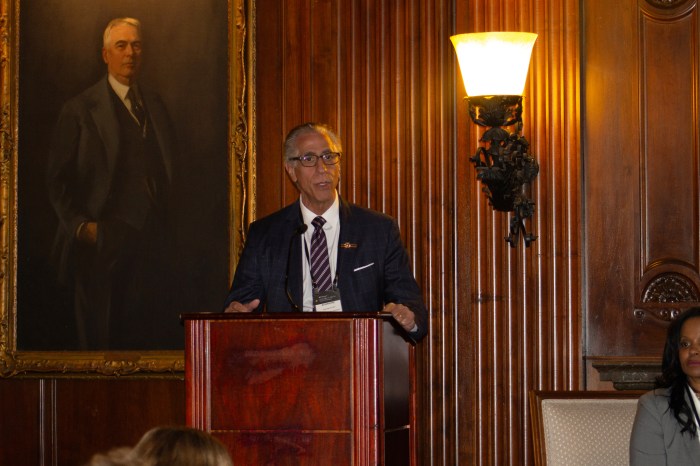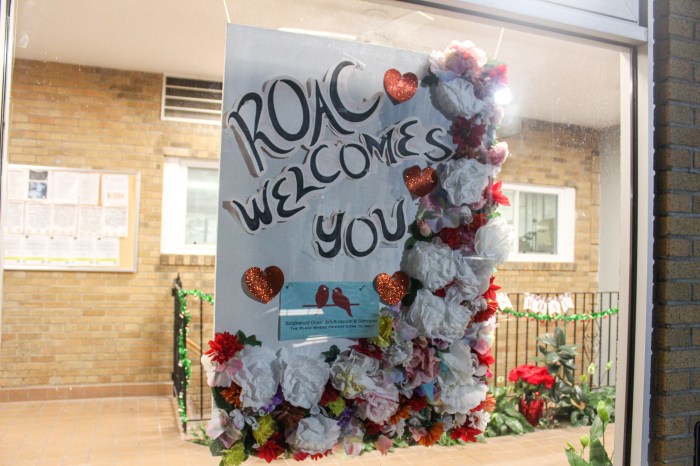
How’s the Metropolitan Transportation Authority doing?
Pretty poorly, says state Comptroller Tom DiNapoli. MTA officials don’t really disagree. And there’s no easy fix to get MTA finances and train and bus service moving in the right direction.
DiNapoli called the MTA’s state of affairs its “greatest challenge in decades.” He sounded alarm after alarm in a financial outlook released Thursday, pointing in particular to poor subway service. He predicted budget gaps, and expressed concerns about the capital program, economic and ridership assumptions, and future revenue sources.
Data in the comptroller’s outlook tell a disconcerting story. From 2010 to 2017, subway weekday on-time performance plummeted from 87.7 percent to 63.4 percent, though the first eight months of this year have shown a negligible uptick to 65.3 percent.
The finances are equally bleak. The MTA, the nation’s largest public transit authority, predicts an annual operating budget gap of $634 million by 2022. That assumes fare increases every two years and a continuously robust economy. Revenue could fall further if ridership does, too.
A lot has to change. The MTA and its divisions have solid new leadership, and extensive proposals to try to improve service, but there still is little confidence that it can operate more efficiently and less expensively. The MTA board must aggressively hold the authority accountable.
And the MTA desperately needs new reliable revenue sources. That starts with some form of fee to drive into Manhattan’s central business district, which could reduce traffic and provide revenue. Gov. Andrew Cuomo supports such a plan, but Albany lawmakers have balked. They should read DiNapoli’s report and understand the depth of the MTA’s problems before dismissing the idea.
But even more must be done to close the MTA’s budget gaps and fund all transit improvements. DiNapoli’s outlook doesn’t provide possible fixes, but he could do more by analyzing potential solutions and providing suggestions. This train has a long way to go.

















